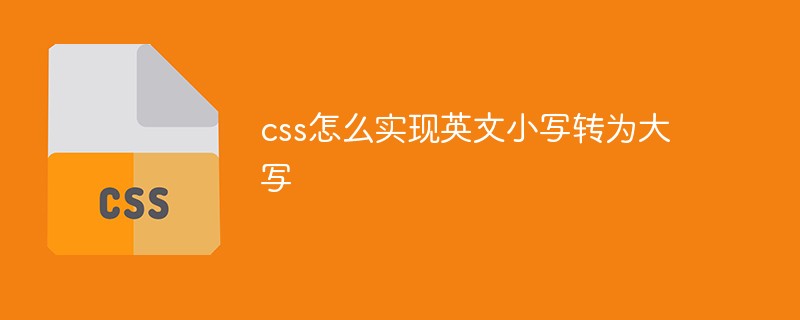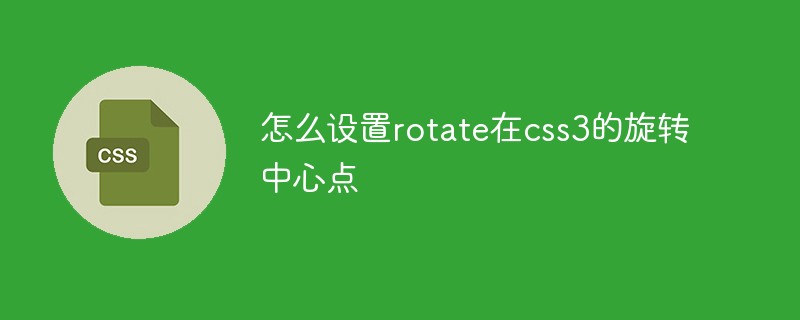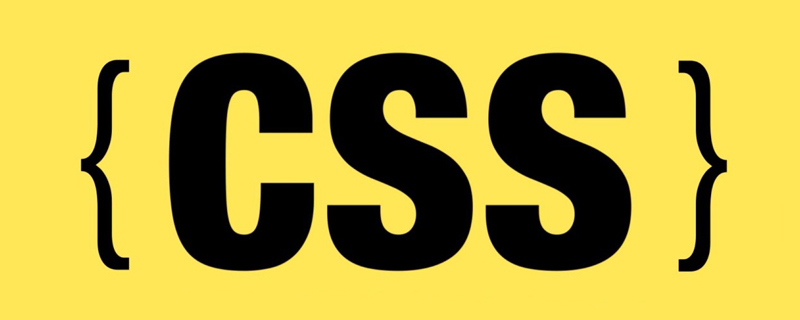
How to use CSS to create text with light effects requires specific code examples
In web design and development, text effects are a common and important element. Among them, text with light effects can add a mysterious and cool feeling to the web page. This article will introduce how to use CSS to create text with light effects and provide specific code examples.
First, we need to create an HTML element containing text. For example, we can use a <div> element and set a unique <code>id attribute for it, as follows:
<div id="light-text">光线文字效果</div>
Next, we will Use CSS code to add a light effect to this element. First, we need to set the text color of the element to transparent, that is:
#light-text {
color: transparent;
}Then, we add the light effect through the text-shadow attribute. The text-shadow property allows us to create one or more shadows around the text to achieve a light effect. Specifically, we can set the shadows of multiple rays and specify their offset, blur radius, and color for each shadow. Here is an example:
#light-text {
color: transparent;
text-shadow: 0 0 5px #fff, 0 0 10px #fff, 0 0 15px #fff, 0 0 20px #fff, 0 0 25px #fff, 0 0 30px #ff00ff, 0 0 35px #ff00ff, 0 0 40px #ff00ff;
}In the above code, we have added multiple light effects to the text element, and the color of each light effect is white (#fff). And the color of the last three rays is magenta (#ff00ff). By adjusting the offset, blur radius, and color of each light, we can create light effects of different shapes and colors.
In addition, we can add more changes to the light text through animation effects. Here is an example of using CSS animation:
@keyframes light-text-animation {
0% { text-shadow: 0 0 5px #fff; }
25% { text-shadow: 0 0 10px #fff; }
50% { text-shadow: 0 0 15px #fff; }
75% { text-shadow: 0 0 20px #fff; }
100% { text-shadow: 0 0 25px #fff; }
}
#light-text {
color: transparent;
animation: light-text-animation 2s infinite;
} In the above code, we have defined an animation called light-text-animation that will gradually change the ## of the element #text-shadowProperties. Through the @keyframes rules, we can specify each keyframe of the animation (i.e. the beginning, middle and end states of the animation). Finally, we applied the animation to the text element and set a loop with a duration of 2 seconds.
text-shadow property and using CSS animations, we can create light effects of various shapes and colors and add a cooler feel to the text. In actual web design and development, we can flexibly use these CSS techniques as needed to bring more creativity and visual effects to the page.
The above is the detailed content of How to use CSS to create text with light effects. For more information, please follow other related articles on the PHP Chinese website!
 css ul标签怎么去掉圆点Apr 25, 2022 pm 05:55 PM
css ul标签怎么去掉圆点Apr 25, 2022 pm 05:55 PM在css中,可用list-style-type属性来去掉ul的圆点标记,语法为“ul{list-style-type:none}”;list-style-type属性可设置列表项标记的类型,当值为“none”可不定义标记,也可去除已有标记。
 css与xml的区别是什么Apr 24, 2022 am 11:21 AM
css与xml的区别是什么Apr 24, 2022 am 11:21 AM区别是:css是层叠样式表单,是将样式信息与网页内容分离的一种标记语言,主要用来设计网页的样式,还可以对网页各元素进行格式化;xml是可扩展标记语言,是一种数据存储语言,用于使用简单的标记描述数据,将文档分成许多部件并对这些部件加以标识。
 css3怎么实现鼠标隐藏效果Apr 27, 2022 pm 05:20 PM
css3怎么实现鼠标隐藏效果Apr 27, 2022 pm 05:20 PM在css中,可以利用cursor属性实现鼠标隐藏效果,该属性用于定义鼠标指针放在一个元素边界范围内时所用的光标形状,当属性值设置为none时,就可以实现鼠标隐藏效果,语法为“元素{cursor:none}”。
 rtl在css是什么意思Apr 24, 2022 am 11:07 AM
rtl在css是什么意思Apr 24, 2022 am 11:07 AM在css中,rtl是“right-to-left”的缩写,是从右往左的意思,指的是内联内容从右往左依次排布,是direction属性的一个属性值;该属性规定了文本的方向和书写方向,语法为“元素{direction:rtl}”。
 css怎么设置i不是斜体Apr 20, 2022 am 10:36 AM
css怎么设置i不是斜体Apr 20, 2022 am 10:36 AM在css中,可以利用“font-style”属性设置i元素不是斜体样式,该属性用于指定文本的字体样式,当属性值设置为“normal”时,会显示元素的标准字体样式,语法为“i元素{font-style:normal}”。
 css怎么实现英文小写转为大写Apr 25, 2022 pm 06:35 PM
css怎么实现英文小写转为大写Apr 25, 2022 pm 06:35 PM转换方法:1、给英文元素添加“text-transform: uppercase;”样式,可将所有的英文字母都变成大写;2、给英文元素添加“text-transform:capitalize;”样式,可将英文文本中每个单词的首字母变为大写。
 怎么设置rotate在css3的旋转中心点Apr 24, 2022 am 10:50 AM
怎么设置rotate在css3的旋转中心点Apr 24, 2022 am 10:50 AM在css3中,可以用“transform-origin”属性设置rotate的旋转中心点,该属性可更改转换元素的位置,第一个参数设置x轴的旋转位置,第二个参数设置y轴旋转位置,语法为“transform-origin:x轴位置 y轴位置”。


Hot AI Tools

Undresser.AI Undress
AI-powered app for creating realistic nude photos

AI Clothes Remover
Online AI tool for removing clothes from photos.

Undress AI Tool
Undress images for free

Clothoff.io
AI clothes remover

AI Hentai Generator
Generate AI Hentai for free.

Hot Article

Hot Tools

Safe Exam Browser
Safe Exam Browser is a secure browser environment for taking online exams securely. This software turns any computer into a secure workstation. It controls access to any utility and prevents students from using unauthorized resources.

PhpStorm Mac version
The latest (2018.2.1) professional PHP integrated development tool

SublimeText3 Chinese version
Chinese version, very easy to use

MinGW - Minimalist GNU for Windows
This project is in the process of being migrated to osdn.net/projects/mingw, you can continue to follow us there. MinGW: A native Windows port of the GNU Compiler Collection (GCC), freely distributable import libraries and header files for building native Windows applications; includes extensions to the MSVC runtime to support C99 functionality. All MinGW software can run on 64-bit Windows platforms.

Dreamweaver CS6
Visual web development tools







